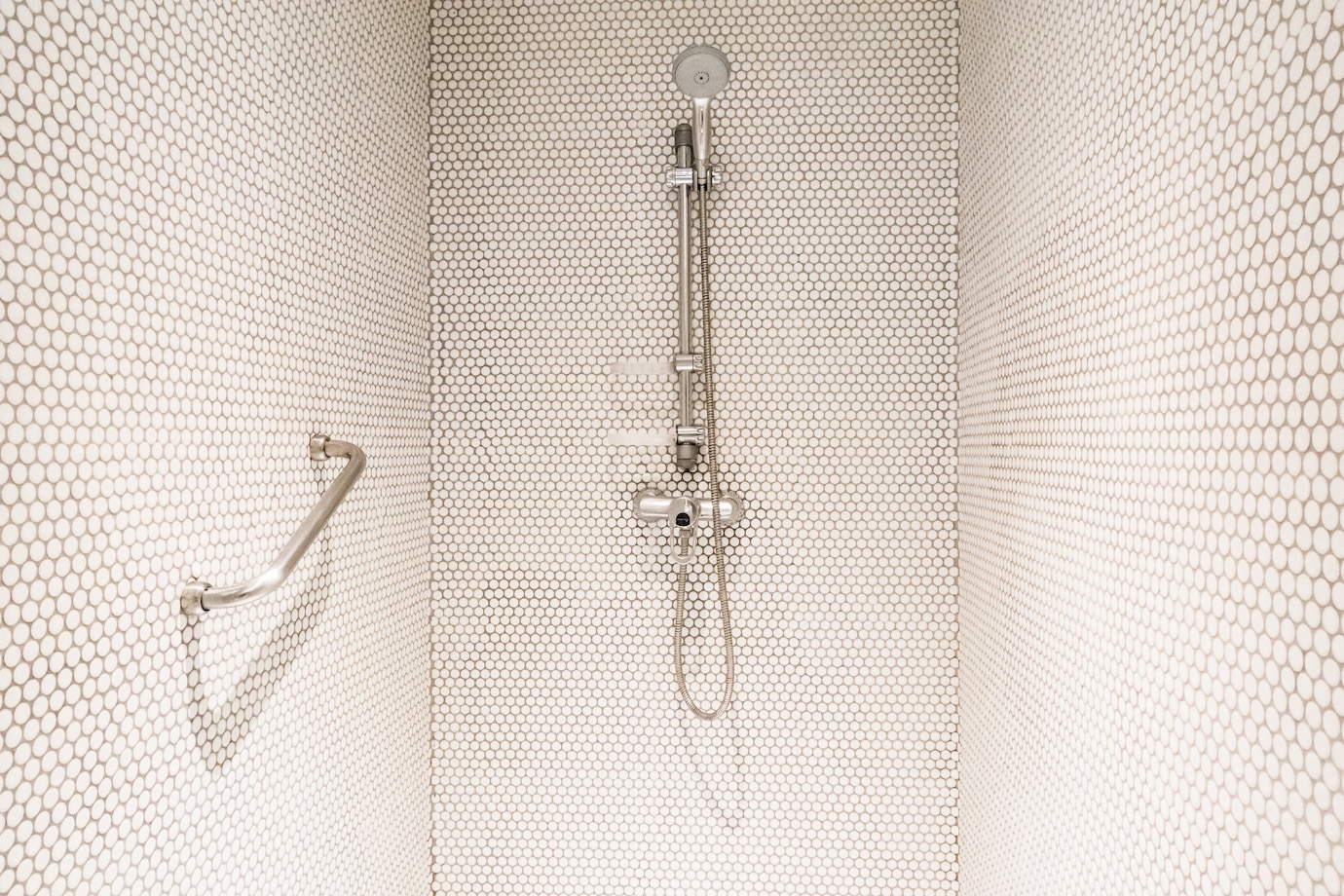
Handicap grab bars play a vital role in enhancing safety and accessibility, especially in bathrooms and near stairways. Whether you’ve recently installed handicap grab bars in Philadelphia or you’ve had them for years, regular maintenance and cleaning are essential to ensure their longevity and reliability. Clean grab bars aren’t just about hygiene—they’re also about safety. In this article, we’ll walk you through how to properly maintain and clean your grab bars, especially toilet grab bars in Philadelphia, to keep them in top shape for years to come.
Why Proper Maintenance Matters
Grab bars are often used by people with limited mobility, which means they’re exposed to constant pressure and repeated contact. Over time, dirt, grime, soap residue, and even rust can affect their grip and durability. Without proper maintenance, a grab bar can become loose or slippery—turning a safety feature into a potential hazard.
So, regular upkeep isn’t just about appearances—it’s a matter of safety.
Step 1: Inspect the Grab Bars Regularly
Start by visually checking your handicap grab bars in Philadelphia at least once a month. Here’s what to look for:
- Loose mounting: Gently wiggle the bar to see if it feels unstable.
- Rust or corrosion: Check for any reddish-brown spots or discoloration.
- Cracks or damage: Especially on plastic-coated bars, inspect for peeling or cracks.
- Mold or mildew: Common in bathroom environments, these can make the bars slippery.
Early detection can help you fix issues before they turn into major problems.
Step 2: Use the Right Cleaning Supplies
Cleaning your grab bars doesn’t require fancy tools, but choosing the right products makes a difference:
- Mild dish soap or antibacterial cleaner
- Warm water
- Soft sponge or microfiber cloth
- Non-abrasive brush (for tough grime or textured surfaces)
- Disinfectant spray (optional)
Avoid using harsh chemicals like bleach or abrasive scrubbers, especially if your grab bars are coated or made of stainless steel. These can cause surface damage or discoloration over time.
Step 3: Clean Thoroughly and Gently
To keep your toilet grab bars in Philadelphia clean and safe:
- Wipe down daily (or after heavy use): A simple wipe with a damp cloth helps prevent buildup.
- Deep clean weekly:
- Mix a few drops of dish soap into a bucket of warm water.
- Soak your cloth or sponge and gently scrub the entire bar.
- For textured surfaces or stubborn grime, use a soft brush.
- Rinse with clean water and wipe dry to prevent water spots.
- Disinfect occasionally: Spray a mild disinfectant and let it sit for a minute before wiping it clean. This step is especially important in shared or public restrooms.
This routine not only keeps the bars sanitary but also maintains the grip and material integrity.
Step 4: Tighten Loose Screws or Mounts
Over time, screws can loosen due to repeated use. If your grab bars start to wobble, tighten them immediately using a screwdriver. Be cautious not to overtighten, as this can strip the mounting surface—especially in drywall or tile.
If you’re unsure about the installation quality of your handicap grab bars in Philadelphia, consider having them inspected by a professional. Proper installation ensures long-term safety and function.
Step 5: Prevent Rust and Corrosion
Philadelphia’s humidity and seasonal changes can contribute to metal corrosion. To protect your grab bars:
- Dry them after each use, especially if they’re in the shower or near the toilet.
- Use rust-resistant models: Stainless steel and coated bars offer better resistance.
- Apply a light coat of mineral oil on metal bars occasionally to create a protective barrier against moisture.
By minimizing moisture exposure, you can extend the life of your bars significantly.
Step 6: Replace When Necessary
Even with excellent care, grab bars have a lifespan. If you notice any of the following, it might be time for a replacement:
- Persistent rust that won’t clean off
- Cracked or peeling surfaces
- A loose fit that can’t be tightened securely
- A wobbly feel even after adjustments
Your safety is worth the investment. When replacing, make sure to install ADA-compliant toilet grab bars in Philadelphia to meet safety standards.
Bonus Tip: Add Anti-Slip Grips
If someone in your household struggles with grip strength, consider adding textured grip sleeves or tape to the grab bars. This simple addition improves security, especially when hands are wet.
Final Thoughts
Maintaining and cleaning your handicap grab bars in Philadelphia isn’t a complicated task, but it’s an important one. With regular inspections, gentle cleaning, and prompt repairs, you can ensure that your grab bars remain safe, sanitary, and effective for years to come. Especially when it comes to toilet grab bars in Philadelphia, where moisture and bacteria are common, consistent upkeep makes a big difference.
Your home should be a safe haven—and keeping your accessibility features in top condition is one simple way to ensure that.